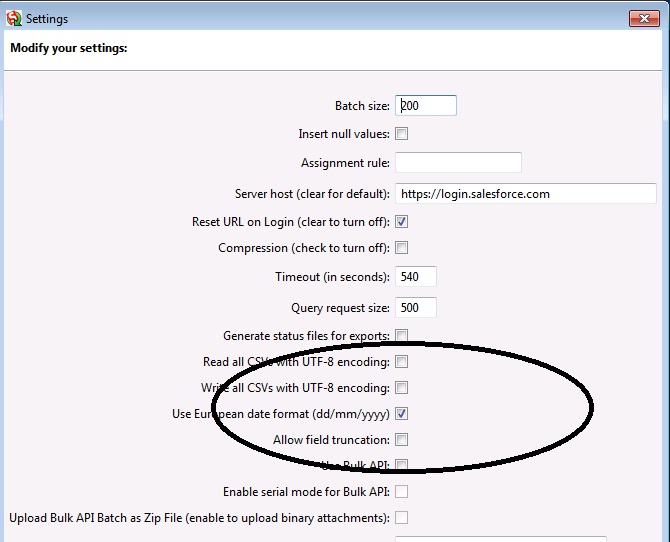The European date format is an essential aspect of daily life across the continent, influencing everything from travel plans to business operations. While many people are accustomed to the American date format, the European style is gaining prominence worldwide. The European date format typically follows the day-month-year structure, which can sometimes cause confusion for those used to the month-day-year format. This article will explore the intricacies of the European date format, why it is significant, and how it varies across different countries.
As globalization continues to bridge gaps between cultures, understanding the European date format has become increasingly important. Whether you are planning a trip to Europe or collaborating with international partners, familiarity with this format can enhance communication and prevent misunderstandings. In this article, we will delve into the key components of the European date format, highlight its advantages, and address common questions regarding its usage.
In addition to exploring the European date format, we will also provide insights into how it is represented in various contexts, from digital platforms to formal documents. By the end of this article, you will gain a comprehensive understanding of the European date format and feel more confident utilizing it in your daily life.
What is the European Date Format?
The European date format primarily consists of the sequence day-month-year, which is often represented as DD/MM/YYYY. For instance, the 5th of March 2023 would be expressed as 05/03/2023. This format contrasts with the American date format (MM/DD/YYYY), where the same date would appear as 03/05/2023. The European style is widely used in various contexts, including official documents, digital platforms, and everyday communication.
Why Do Different Countries Use the European Date Format?
Different countries adopt the European date format due to historical, cultural, and linguistic reasons. Many European nations have deep-rooted traditions that influence their date representation. As a result, countries such as the UK, Germany, and France predominantly use the European format. However, it’s worth noting that some countries, like the Netherlands, may have variations in how they express dates, such as using a period (.) instead of a slash (/).
Are There Exceptions to the European Date Format?
Yes, there are exceptions. Some countries may use alternative date formats or adopt the American style, particularly in contexts such as business or technology. For instance, in international settings, it is not uncommon to see the ISO 8601 format (YYYY-MM-DD) being used to eliminate confusion. Adapting to these variations is essential for effective communication, especially in multicultural environments.
How Does the European Date Format Affect International Travel?
For travelers, understanding the European date format is crucial when booking flights, accommodations, or planning itineraries. Misinterpretation of dates can lead to missed flights or reserved accommodations. For instance, if a traveler sees a date written as 04/05/2023, they must clarify whether it refers to April 5th or May 4th. To avoid such confusion, it is advisable to confirm dates verbally or in writing.
What Are the Advantages of the European Date Format?
The European date format offers several advantages, including:
- Clarity: The day-month-year structure allows for a more straightforward understanding of dates.
- Consistency: Many countries within Europe use this format, reducing confusion for travelers and business professionals.
- International Standards: The use of the European date format aligns with international standards, making it easier to communicate across borders.
How to Write Dates in the European Format?
When writing dates in the European format, it is essential to consider the following tips:
- Use two digits for the day and month (e.g., 05/03/2023).
- Separate the day, month, and year with slashes (/), hyphens (-), or periods (.) depending on the preferred style.
- Be cautious of the context; in formal writing, it may be beneficial to spell out the month to avoid confusion.
What Are Common Mistakes to Avoid with the European Date Format?
While the European date format is straightforward, several common mistakes can lead to misunderstandings:
- Assuming that everyone understands the format; always clarify if in doubt.
- Using the American format in a European context, which can lead to confusion.
- Neglecting to confirm dates verbally or in writing, especially in travel arrangements.
Conclusion: Embracing the European Date Format
Understanding the European date format is crucial for effective communication in today’s globalized world. By familiarizing ourselves with this format, we can improve our interactions with colleagues, friends, and services across Europe. Whether you are traveling or working on international projects, embracing the European date format can help avoid confusion and foster clearer communication.
As we continue to connect with different cultures, adapting to their norms and practices will enhance our experiences and relationships. So, the next time you encounter a date in the European format, you’ll be well-equipped to interpret it correctly!
You Might Also Like
The Enchanting Greek Dionysus Feast: A Celebration Of Life And WineUnlocking Savings: Your Ultimate Guide To Biolife Promo Code
Discovering The Best Budget Projector For Every Need
Unveiling The Mystery: Are Real Mermaid Photos Authentic?
Exploring The Depths Of Futaba From Persona 5
Article Recommendations
- Lavan Davis
- Eazy E Wife
- Martin Rabbett
- Draper Myers Funeral Home Obituaries
- Mariah Delpercio
- Mark Paul Gosselaar Mom And Dad
- Katherine Harbaugh
- Bobbye Brooks Oliver
- Melissa Sue Anderson
- Jamerrill Stewart News

